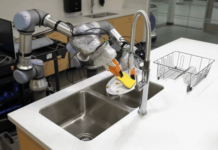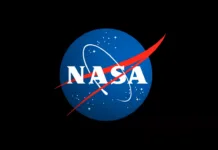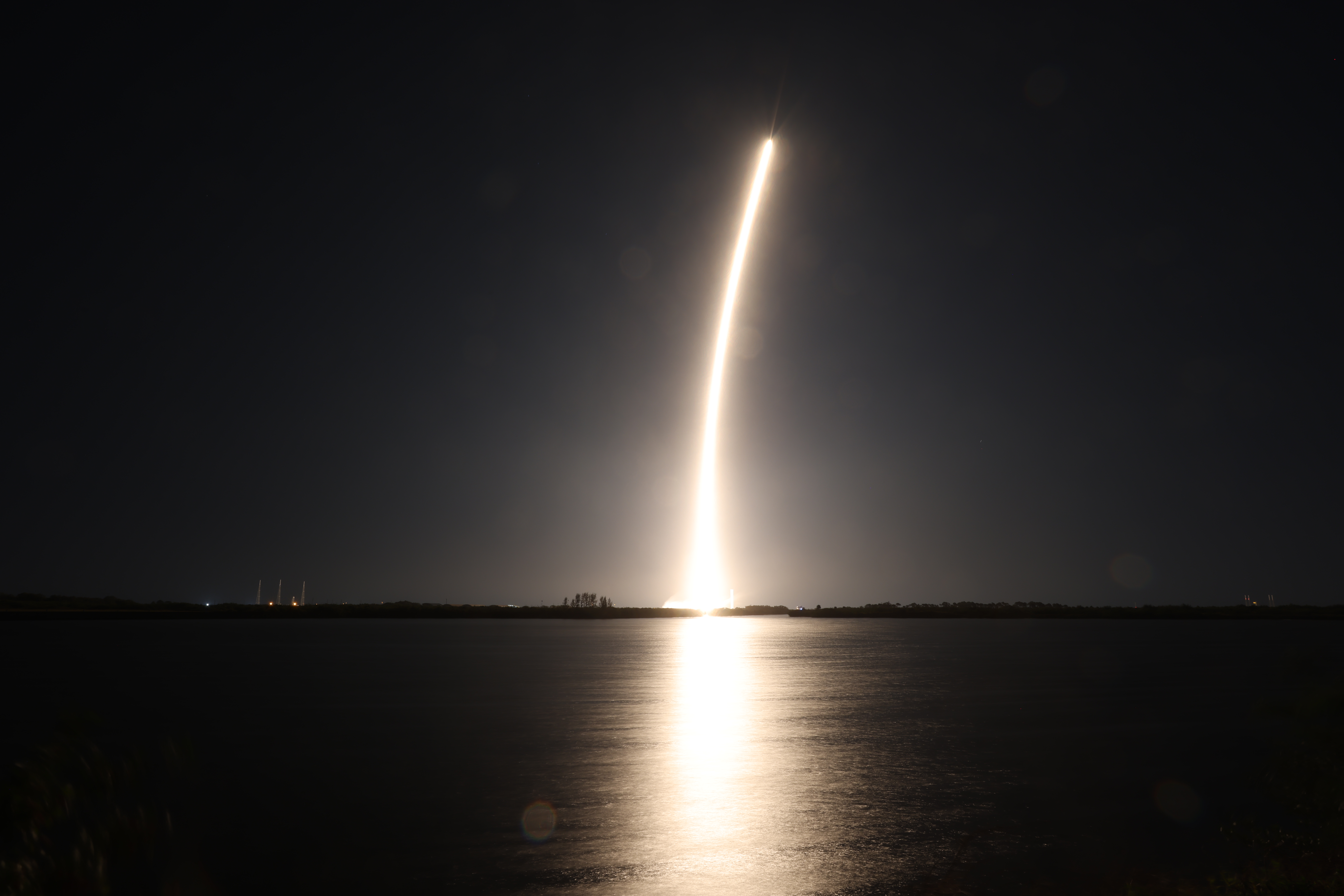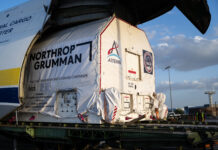NASA’s Ambitious Moon Mission: A Leap Toward Future Lunar Exploration
NASA has embarked on an extraordinary journey to our closest celestial body, the Moon, with a new set of scientific investigations and technology demonstrations. These initiatives are part of a broader mission to understand the lunar environment better and to develop and test technologies that will be critical for future astronauts who will land on the Moon as part of the Artemis campaign. This mission is a collaborative effort involving NASA, Firefly Aerospace, and SpaceX, showcasing the integration of scientific exploration and commercial space innovation.
The mission, known as Blue Ghost Mission 1, is a significant milestone for Firefly Aerospace’s Commercial Lunar Payload Services (CLPS) flight for NASA. It successfully launched at 1:11 a.m. EST from Launch Complex 39A at Kennedy Space Center in Florida, aboard a SpaceX Falcon 9 rocket. The lunar landing is planned for Sunday, March 2.
According to Pam Melroy, NASA’s Deputy Administrator, the mission exemplifies the adventurous spirit of the Artemis campaign, which is focused on scientific discovery and exploration. She emphasized that each flight is a vital component of a larger strategy to establish a sustainable human presence on the Moon, Mars, and beyond. The scientific instruments and technology demonstrations on this flight are crucial steps toward realizing NASA’s ambitious vision.
Once the Blue Ghost lander reaches the Moon, it will begin testing and demonstrating various technologies, including lunar drilling, regolith (lunar soil and rocks) sample collection, global navigation satellite system capabilities, radiation-tolerant computing, and methods for mitigating lunar dust. The insights gained from these experiments will also help scientists understand how space weather and other cosmic forces affect Earth.
Nicola Fox, the associate administrator for the Science Mission Directorate at NASA Headquarters, noted the importance of lessons learned from the Apollo Era. These lessons have informed the technological and scientific demonstrations aboard the Blue Ghost Mission 1, ensuring the safety and well-being of future spacecraft, science instruments, and astronauts on the lunar surface. Fox expressed her excitement about the data that this mission will generate in the coming days.
As part of NASA’s contemporary lunar exploration activities, the CLPS deliveries to the Moon aim to enhance our understanding of planetary processes and evolution, search for water and other resources, and support sustainable human exploration of the Moon. These efforts are critical preparations for the first human mission to Mars.
Key Scientific Payloads on Blue Ghost Mission 1
The Blue Ghost Mission 1 carries ten NASA payloads, each with a unique scientific or technological focus:
- Lunar Instrumentation for Subsurface Thermal Exploration with Rapidity (LISTER): This instrument will measure the heat flow from the Moon’s interior, providing insights into the thermal gradient and conductivity of the lunar subsurface. It will use pneumatic drilling technology to reach a depth of about 10 feet. The lead organization for this project is Texas Tech University.
- Lunar PlanetVac (LPV): Designed to collect regolith samples from the lunar surface, this system uses compressed gas to drive lunar soil into a sample chamber for analysis. The results will be transmitted back to Earth for further study. Honeybee Robotics is leading this effort.
- Next Generation Lunar Retroreflector (NGLR): This device will serve as a target for Earth-based lasers, allowing precise measurements of the distance between Earth and the Moon. It also aims to collect data on the lunar interior and address fundamental physics questions. The University of Maryland is the lead organization.
- Regolith Adherence Characterization (RAC): This experiment will assess how lunar regolith adheres to various materials exposed to the Moon’s environment. It will help determine accumulation rates on surfaces such as solar cells and sensors, aiding in spacecraft and spacesuit design. Aegis Aerospace is heading this research.
- Radiation Tolerant Computer (RadPC): This is a demonstration of a computer system capable of recovering from faults caused by ionizing radiation. The RadPC prototypes have been tested in space environments, and now they will be evaluated on the Moon. Montana State University leads this initiative.
- Electrodynamic Dust Shield (EDS): An active dust mitigation technology, EDS uses electric fields to prevent lunar dust accumulation on surfaces. This technology will be tested for its effectiveness in keeping surfaces clean. The NASA Kennedy Space Center is the lead organization.
- Lunar Environment heliospheric X-ray Imager (LEXI): LEXI will capture X-ray images to study the interaction between solar wind and Earth’s magnetic field, providing insights into space weather. The project is a collaboration between NASA’s Goddard Space Flight Center, Boston University, and Johns Hopkins University.
- Lunar Magnetotelluric Sounder (LMS): This instrument will measure electric and magnetic fields to study the Moon’s mantle structure and composition, helping us understand its thermal evolution. The Southwest Research Institute is leading this project.
- Lunar GNSS Receiver Experiment (LuGRE): LuGRE will test the acquisition and tracking of signals from global navigation satellite systems, such as GPS and Galileo, during lunar transit and surface operations. This experiment could pave the way for autonomous lunar navigation. NASA Goddard and the Italian Space Agency are heading this experiment.
- Stereo Camera for Lunar Plume-Surface Studies (SCALPSS): Utilizing stereo imaging, SCALPSS will capture the impact of rocket plumes on lunar soil as the lander descends. This data will help model lunar regolith erosion, crucial for future heavy payload deliveries. NASA’s Langley Research Center is leading this project.
Chris Culbert, program manager for the CLPS initiative at NASA’s Johnson Space Center, expressed pride in the teams that have brought these instruments to this stage. He highlighted the growing interest and innovation surrounding lunar exploration, noting that NASA has already awarded 11 CLPS deliveries and plans to continue selecting two more flights annually.
The landing site for the Blue Ghost lander is near Mons Latreille within Mare Crisium, a large basin on the Moon’s near side. The scientific data collected during this mission will significantly contribute to our understanding of the Moon and prepare for future Artemis missions.
For more detailed information about NASA’s CLPS initiative, visit NASA’s CLPS page.
This mission represents a crucial step in NASA’s ongoing efforts to explore the Moon and harness the potential of commercial partnerships in space exploration. Through scientific inquiry and technological advancement, NASA continues to lead the charge in unraveling the mysteries of our solar system and beyond.
For more Information, Refer to this article.


































